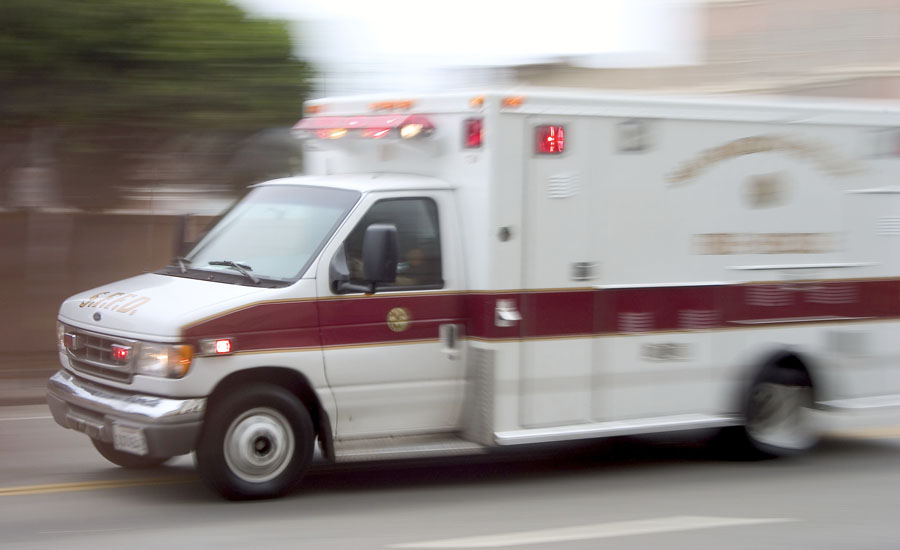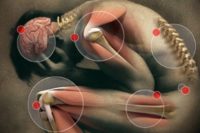More than one-quarter (28%) of injured emergency medical services (EMS) workers surveyed by the National Institute for Occupational Safety and Health (NIOSH) said their injuries occurred as they were transferring, carrying, or lifting a patient at the time of injury – and often that patient was heavy, overweight, or obese.
NIOSH and the Office of Emergency Medical Services within the National Highway Traffic Safety Administration collaborated to survey EMS workers treated for occupational injuries and get more detail on the types of injuries they experienced.
An above average injury rate
EMS workers respond to medical emergencies and disaster incidents and provide non-emergency medical transport. They perform much of their work in uncontrolled environments, and the work can be physically strenuous. Previous studies indicated that the rate of injury within this occupation is higher than in many others.
More than one-quarter (28%) of injuries to EMS workers involved body motion such as excessive physical effort – such as carrying patients -- awkward body postures, and repetitive movement.
The second most frequent injury event (27%) was exposure to harmful substances, most often blood and respiratory secretions. Workers were most commonly exposed via needle-sticks and spitting. Other common injury events reported by respondents were slips, trips, and falls (16%); motor vehicle incidents (8%); and violent incidents (7%).
About the study
The investigators identified workers from cases captured in the occupational supplement to the National Electronic Injury Surveillance System (NEISS-Work) from July 2010 to June 2014, according to the study published in the journal Prehospital Emergency Care.
After 572 EMS workers completed the telephone survey, investigators weighted the results to estimate that about 89,000 EMS workers were treated in emergency departments over the 4-year period. Three-quarters of the injured workers were full-time, career employees and had a rate of 8.6 injuries per 100 full-time workers, which is more than 4 times higher than the rate of injuries among all workers treated in emergency departments.
The next step, says NIOSH, is to disseminate these study results to employers who can promote positive health and safety changes to prevent occupational injuries and exposures, the investigators said. Download a new fact sheet for more information about findings from this study and recommendations for EMS employers to prevent injuries.
More information is available:
- Occupational Injuries and Exposures among Emergency Medical Services Workers
- NIOSH Emergency Medical Services Workers


